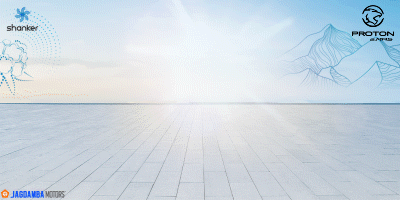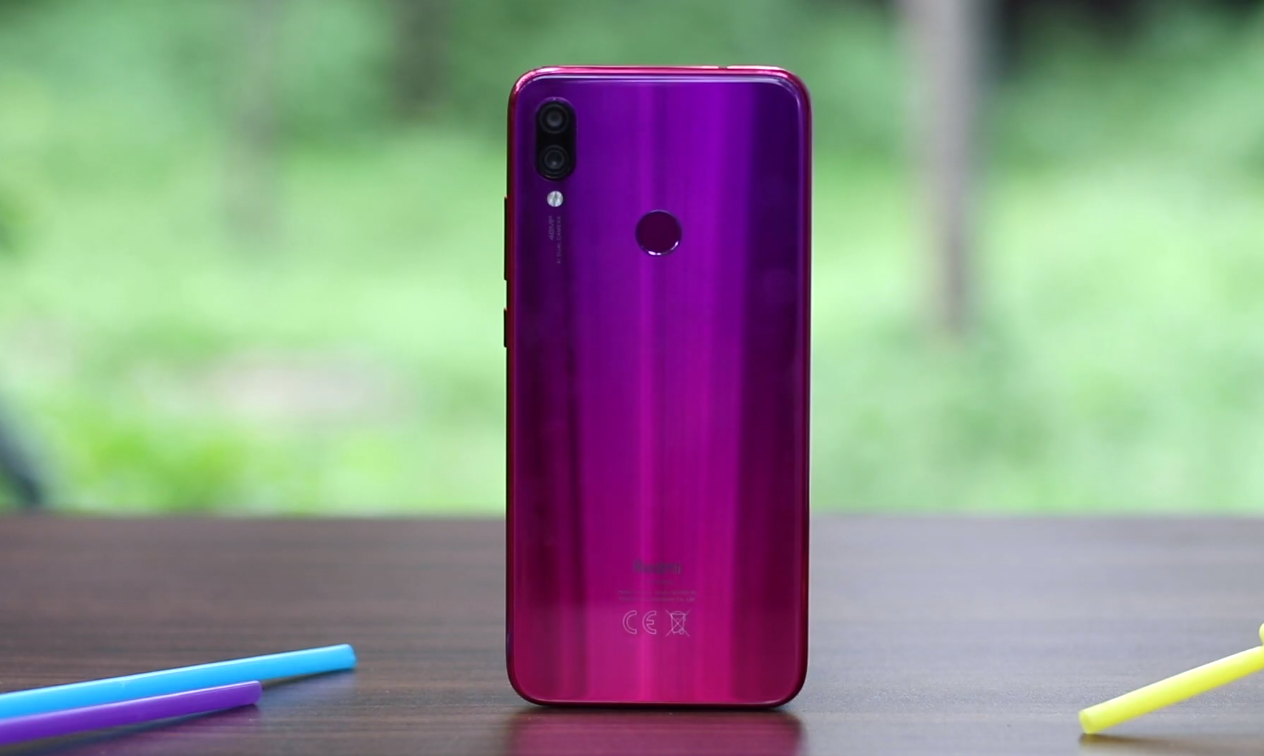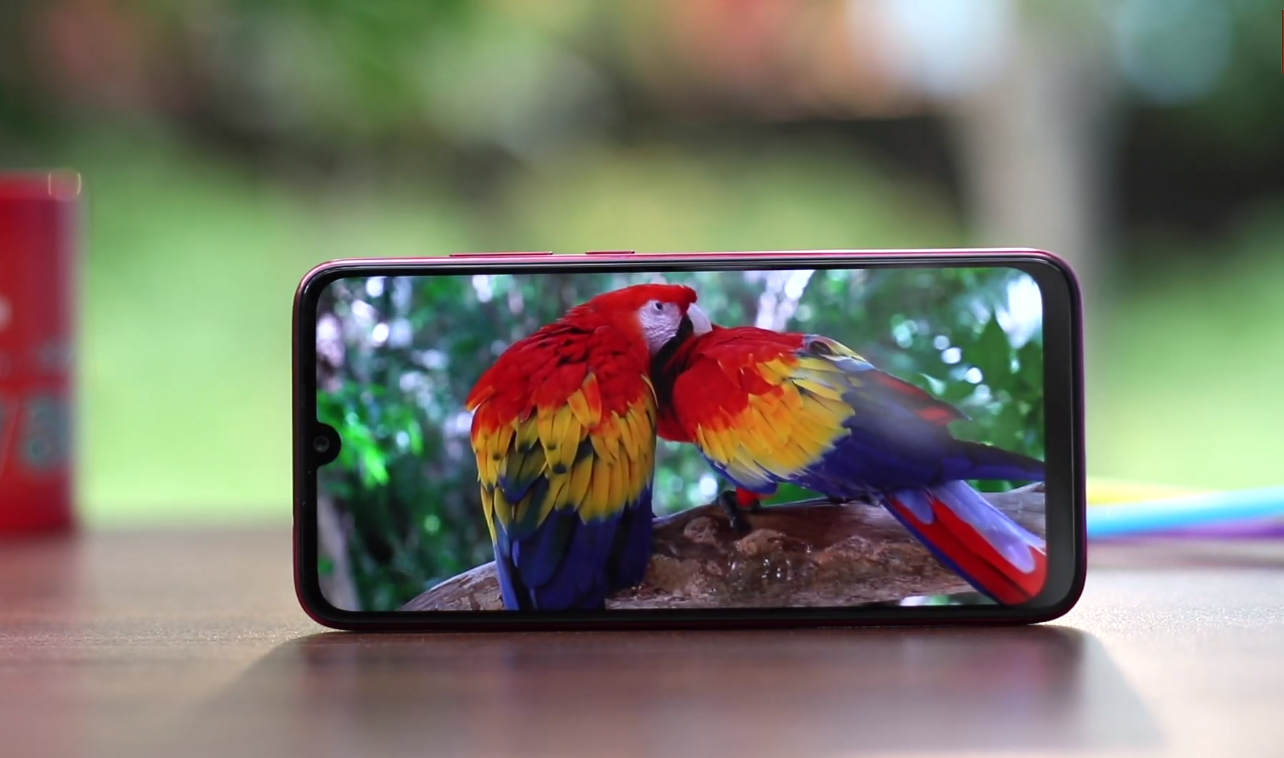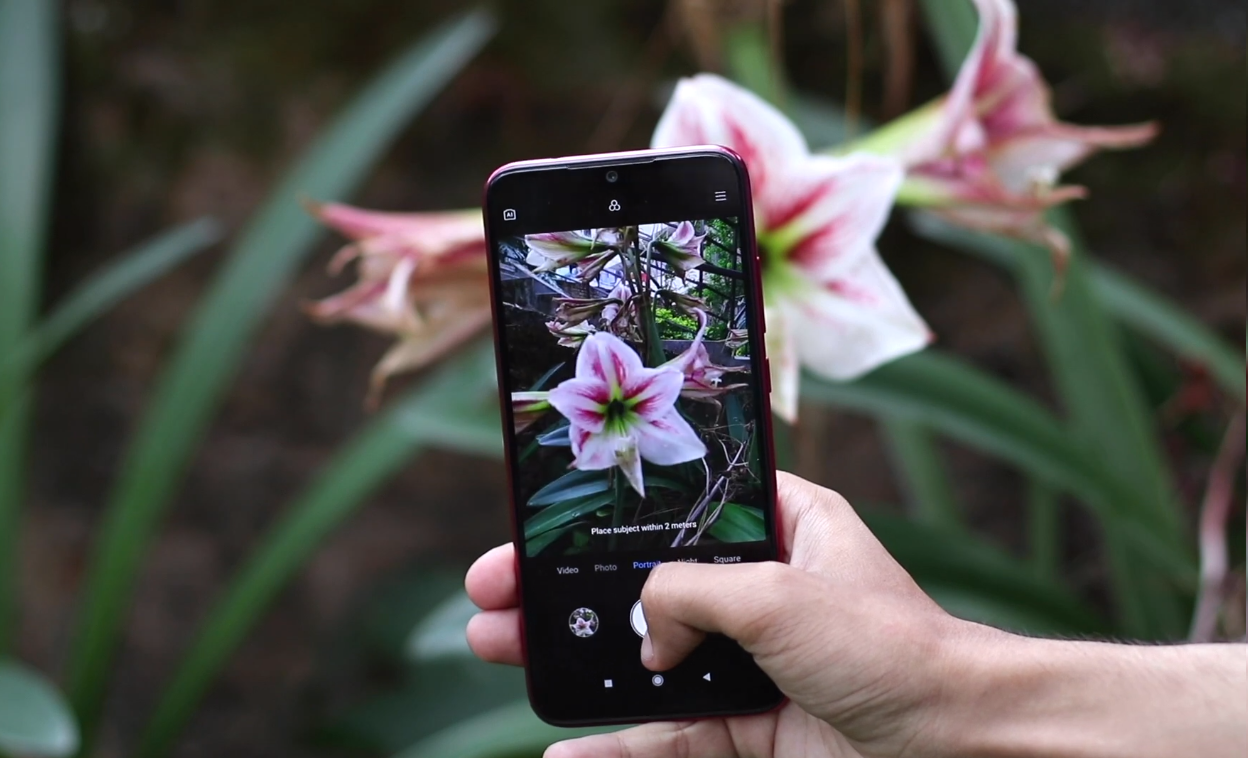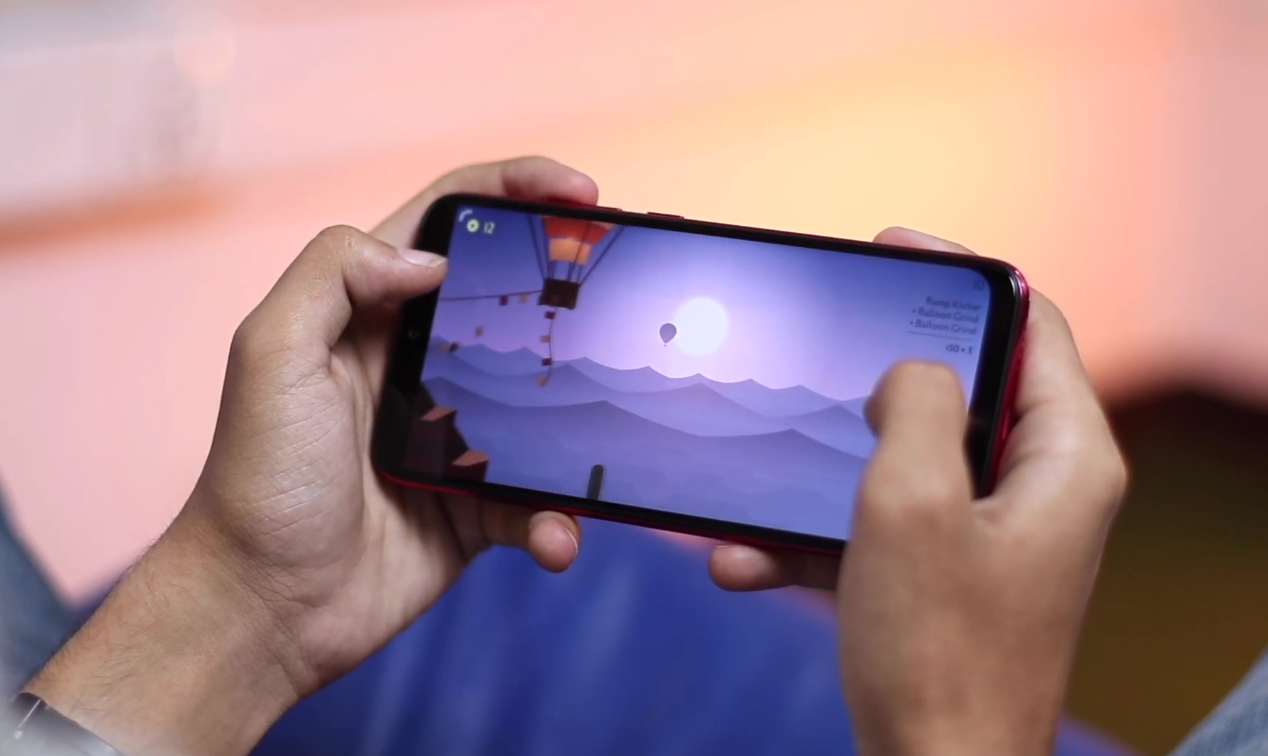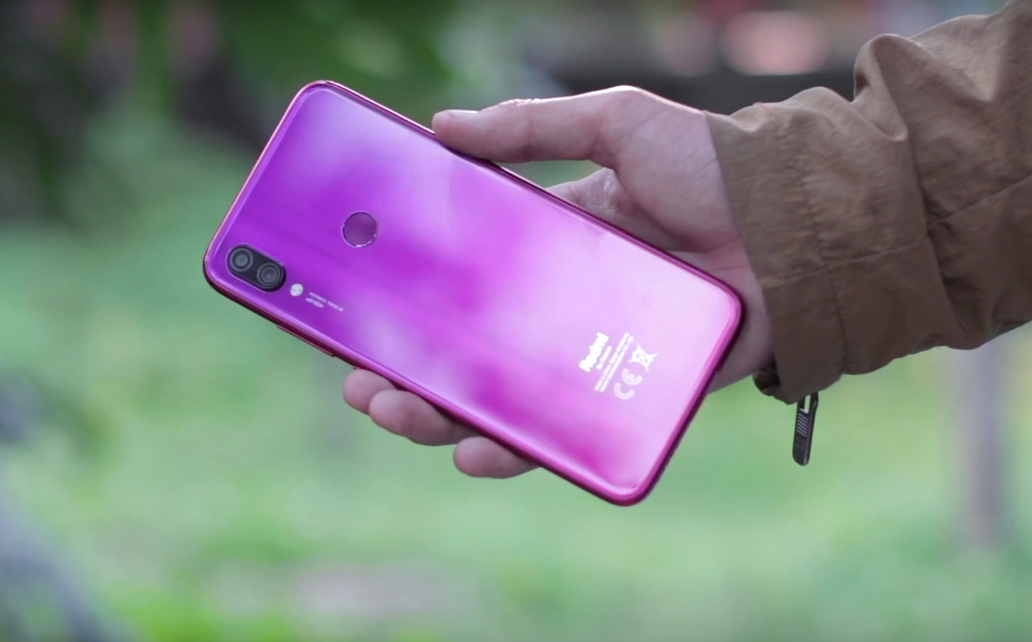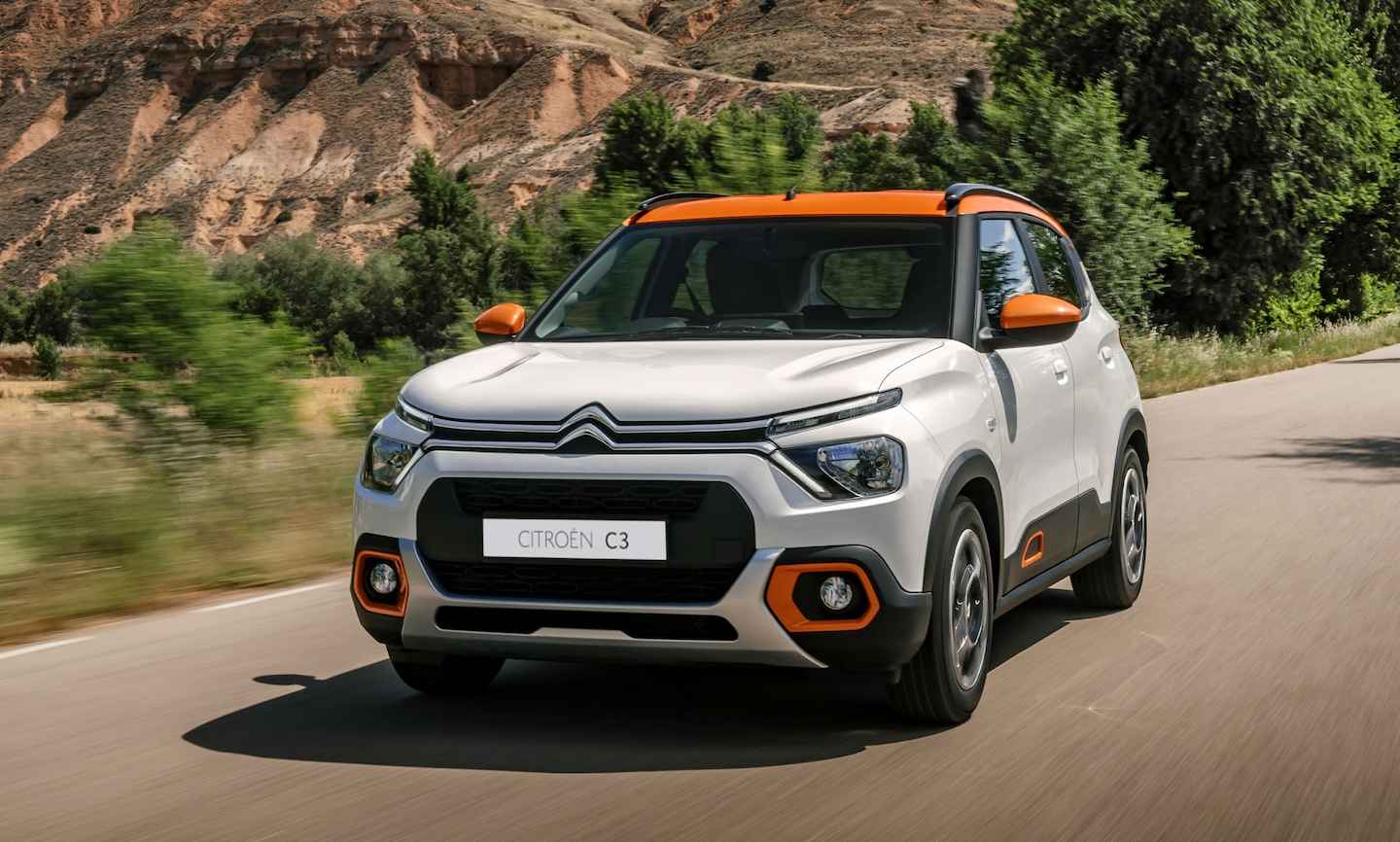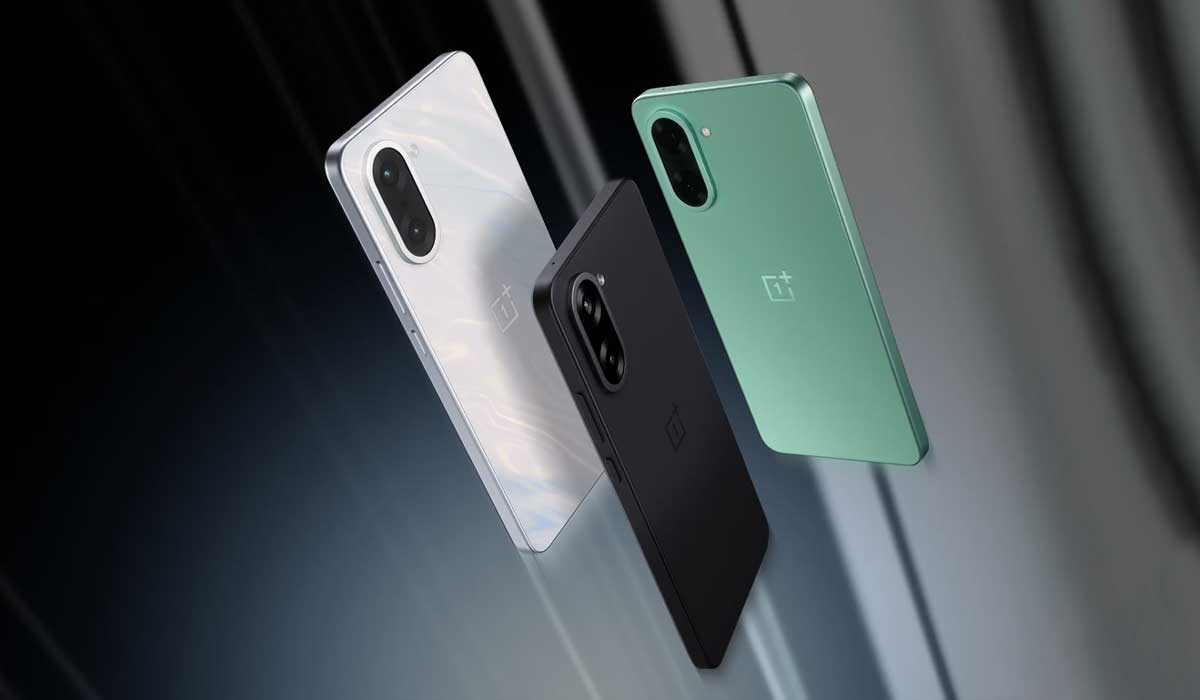Redmi Note 7 was one of the most hyped Xiaomi phone after the Pocophone F1. As we wrote in our launch article, Redmi Note 7 did to the mid-range market what the Pocophone did to the premium market. However, after using it for some time, I would say that this phone is not as revolutionary as the Pocophone. But, at this price, you’ll be hard pressed to find a better phone.
Let’s find out why.
Build Quality and Design
First, let’s start with the build quality and design. I won’t use many other words to describe it other than bland. It’s a large big, flat slab of glass. And it is clear that Xiaomi didn’t spend much time over the design of the Note 7. Redmi Note 7 has a generic design with a generic water drop notch and a generic large chin. But does it look bad? No. It just looks generic. But it gets the job done of looking and feeling premium.
The build quality is fine. It doesn’t feel exquisite on the hand, but it doesn’t feel flimsy either. I did notice that it feels heavier than the phones from the competition like Honor 10 lite. You won’t notice this when you use this phone on a day to day basis. Only when you compare your phone to another, you’ll feel the difference in weight.
Display
Now, there’s only so much we can talk about the design of a phone. What makes people really stick to a smartphone is what’s inside the phone (and some components outside the phone). Redmi Note 7 has an FHD+ 19.5:9 aspect ratio screen. This is an IPS LCD panel which doesn’t have the same punchy colors as an AMOLED but it gets adequately bright to be viewed in direct sunlight. The panel is of high quality and I enjoyed watching YouTube on this device. I have no complaints about the display on this phone.
And speaker
While we are talking about watching YouTube, the speaker on the Note 7 is good too. It isn’t as loud as I wanted it to be but it is clear and doesn’t distort even at the highest volume.
UI and the ‘snappiness’
It’s now time to talk about the performance of the phone. Before that let’s talk about the general experience using the phone. The biometrics on this device is super fast. The fingerprint sensor unlocks the phone instantaneously. But it’s weird that Xiaomi doesn’t offer the option to unlock the phone using your face. But FaceID isn’t that secured anyway. So, I don’t miss it that much.
Overall, the phone is snappy. The apps open and close fast, the animations are fluid and simple; there were not many lags or stutter anywhere. And that’s impressive because Xiaomi has a heavy overlay on top of Android 9.0 pie here. The main component of this UI that I like is this notification shade. It’s like a love child of Android Notifications and iOS notifications. And it looks good and well managed. This brightness slider must be in more phones. Another cool feature is this battery notification on the lock screen that shows your last charge time and the battery drained %.
There is no app drawer here. Every app is some horizontal swipes away from your home screen. I wish the apps were organized better. You may or may not like this setup. It depends on your preference and experience. If you have used Xiaomi phones in the past, you’ll feel right at home.
And even though I prefer a cleaner Android software, I like what Xiaomi has done here. It has built a unique Xiaomi experience with the MIUI 10 without making the phone feel like its bloated. There are many preinstalled apps that normal users who aren’t tech savvy will like. For example, there are Files, Notes, Browser, Music, Calendar, and even more useful apps inside the tools folder. I don’t normally see this many useful apps pre-installed on a phone.
And though many other companies may include some of these apps in their phones, Xiaomi has used the same design language in every one of these apps. And this makes using these apps regularly much more enjoyable. It’s similar to what Apple does with its pre-installed apps on iPhones.
Gaming performance
That concludes what I have to say about the UI of the phone. Now, let’s move to some games. How is gaming on this phone? In a nutshell, it is as expected from a Xiaomi phone with Snapdragon 660 processor. We have seen Xiaomi use this processor in many of its phones in the past like Xiaomi Mi A2 and Xiaomi Mi8 lite. And this phone performs similarly. I enjoyed playing PUBG in medium settings on this phone.
There were one or two lags in a 40 min game, but it didn’t affect my experience that much. I also played Alto’s Odyssey and it ran without any problems. If you don’t want the highest frames rates and highest graphics settings, Redmi Note 7 will serve you well with your gaming needs.
Battery usage
As we are in the subject of gaming, let’s talk about another important aspect of gaming other than the performance – the battery life. The battery life on the Redmi Note 7 is not spectacular but it’s a good full day lasting phone. Playing PUBG on this phone for 40 minutes drained the battery by 8% and 10 min of Alto’s odyssey drained it by 2%.
10 min of charging using the bundled 10W charger added 10% battery power to the phone. Extrapolating this result, the phone will be fully charged in 1 hr and 40 minutes. Considering this is a 4000mAh battery, that’s not a bad charging time. But that’s not very quick either. So, it is better if you charge this phone overnight.
Cameras
I guess most of you guys reading this article know that Xiaomi Redmi Note 7 has a 48MP camera. That alone has intrigued many of you regarding this phone. But what you’ll have to understand before you buy this phone is that it doesn’t produce 48MP images. The sensor is a 48MP sensor but it uses pixel binning technology to produce 12MP images. So, the resulting image is a 12MP one. You won’t get a 48MP image.
But whatever the resolution, I must admit that this camera takes good pictures for the price. It doesn’t produce images with extreme saturation like Honor 10 lite, the colors are truer to life as you can see with the images of these two flowers. The green leaves are also not comically saturated. Also, if you zoom in close enough at the top of the first photo, you can see two antennas of the insect on the leaf.


This camera is good (not great) at capturing dynamic range. look at this photo of Maitidevi temple.
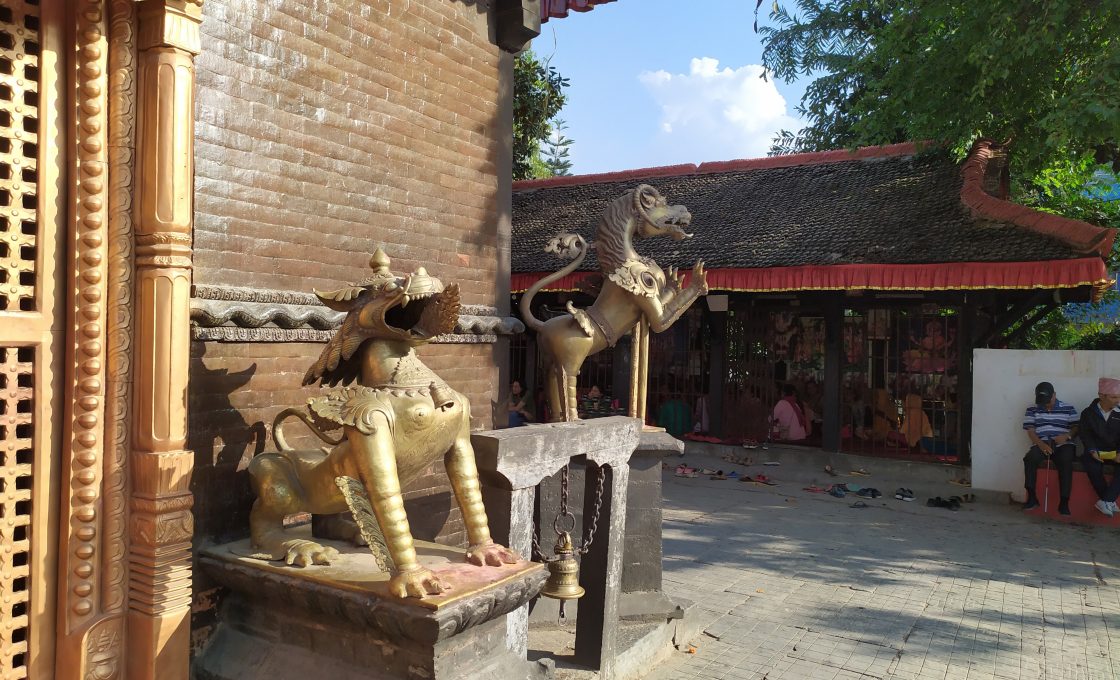
The right half of the photo is in shadows. But if you zoom in between the legs of the deity at the center, you can figure out the face of the person sitting there easily. And the structure of the temple at the right side is still clearly visible even when you zoom in. However, the clouds above did come out a little fuzzy. Overall, this is a good image and details have been preserved well.
While using this camera I found one neat trick. If you want the best shot possible and there aren’t many moving subjects, you should try taking your photos with night mode on. Yes, this phone has night mode built in and it is very useful at day or night. Take a look at what kind of picture night mode produces.
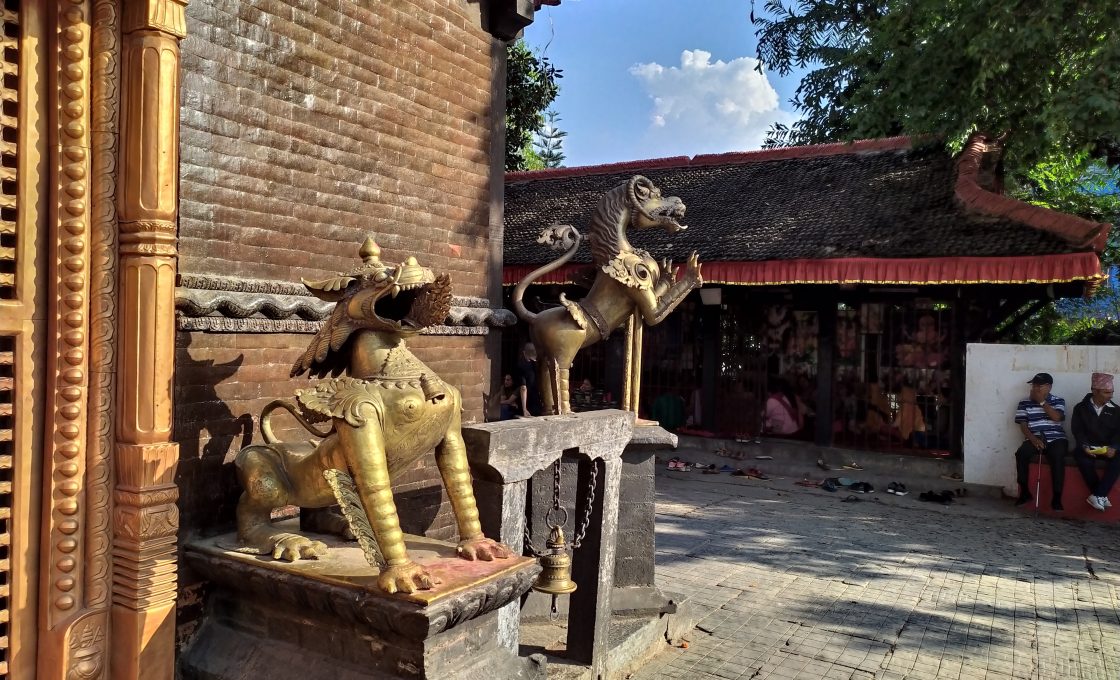
This photo has more contrast and better dynamic range than the previous photo of the temple. The clouds are better defined. But of course, you’ll have to wait about two seconds after you press the shutter button to get your photo clicked.
As we are talking about Night mode, Redmi Note 7 impressed me with its night time photo capabilities. The images aren’t as good as something coming out of S10 but they are good for a phone that cost a quarter of 1 lakh. Here is a camera sample of a street lit with street lights. This was shot without night mode.
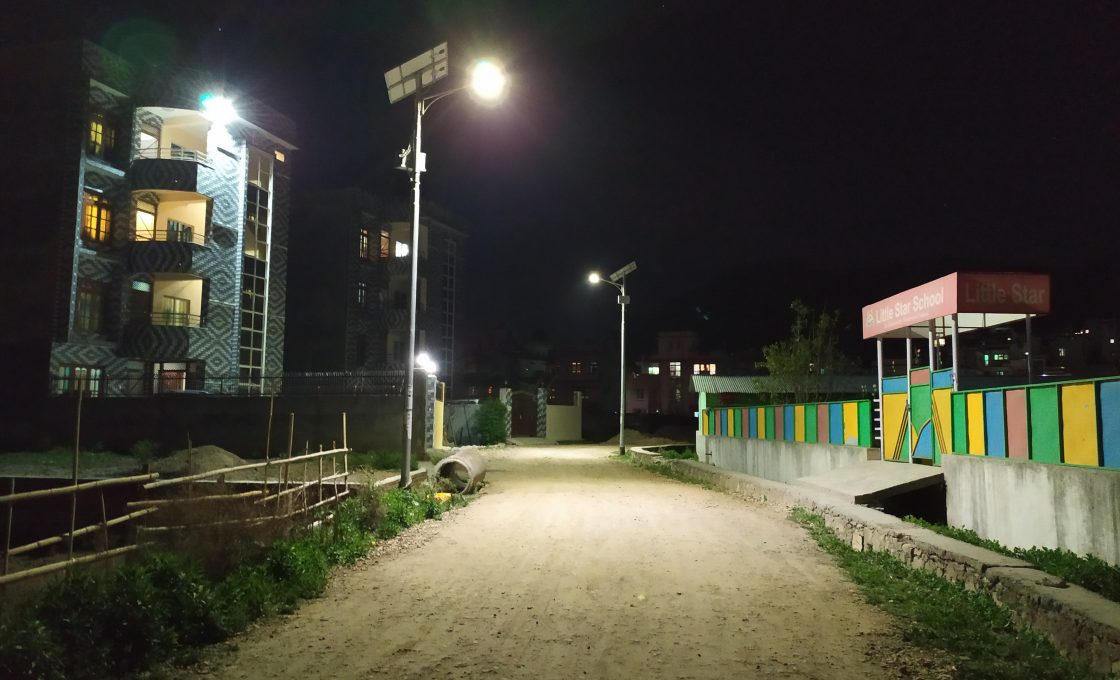
This image looks pretty good by itself but take a look what using night mode brings to the table. Did you notice the buildings at the back of the previous photo? They are much more noticeable in this photo.
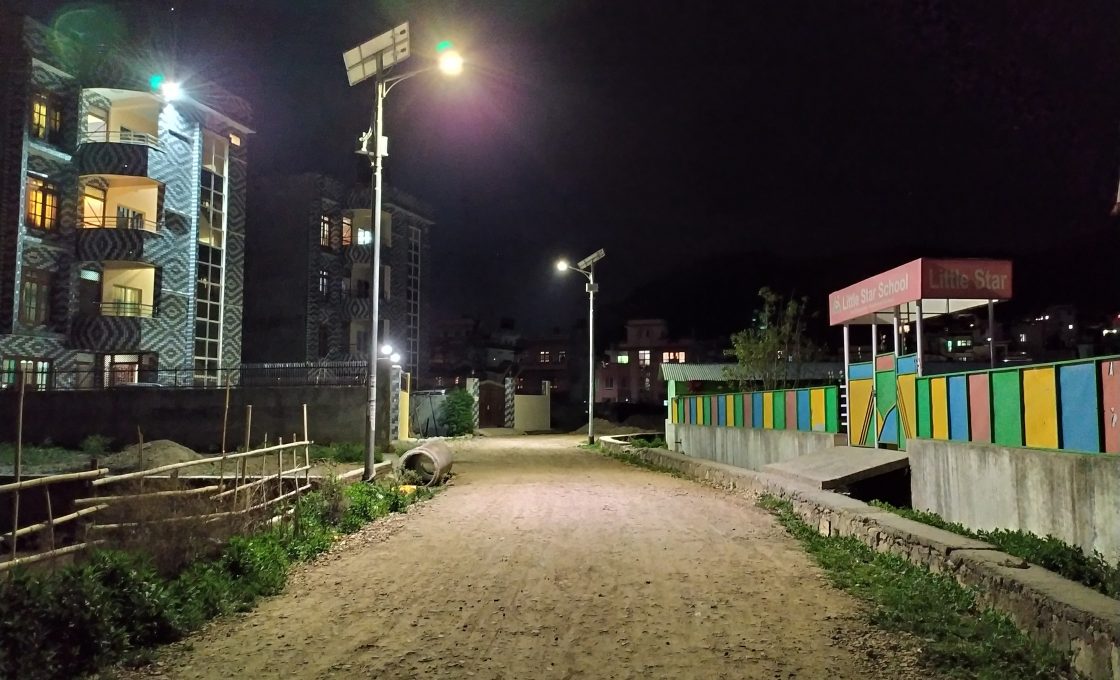
Let’s look at another pair of photos.
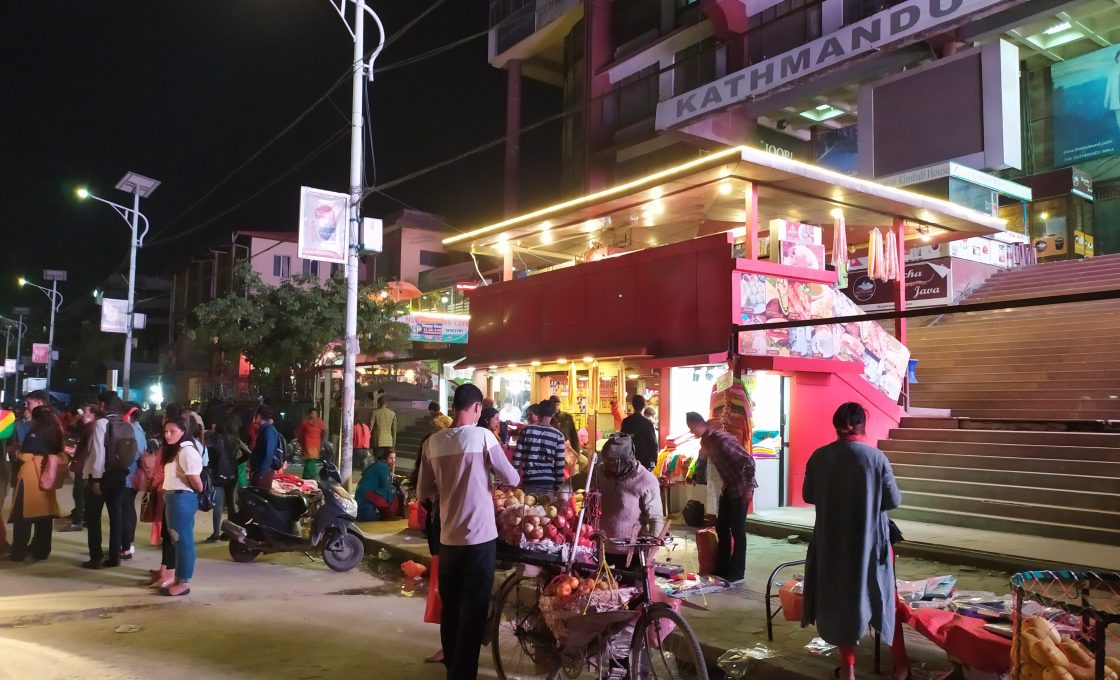
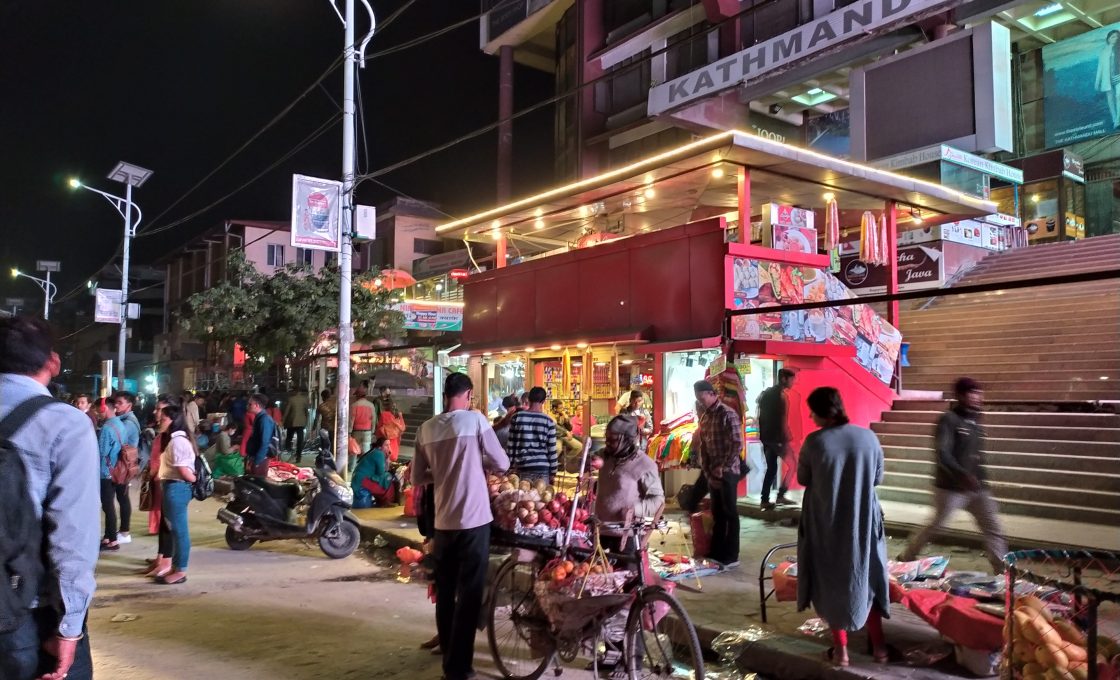
This is the picture of the front stall at the Kathmandu mall. The image at the top is the one shot without night mode. It looks good in itself but the image below blows it out of the water. The yellow light on the top stall is better contained in the photo at the bottom. There is more detail at the shops at the bottom of the photo below than on the above one. Same goes with the tree.
So night mode really does make a difference here. If you don’t have many moving subjects, you should try clicking photos with night mode on. This was all about the Xiaomi Redmi Note 7 from our side. 3 variants of this phone are available in Nepal: Rs. 21,999 (3GB + 32GB) / Rs. 24,999 (4GB + 64GB) / Rs. 26,999 (4GB + 128GB).
Finally
Not many phones offer what Redmi Note 7 offers at this price. One competitor might be Honor 10 lite. Another major player is Samsung Galaxy A30. I suggest you guys check out their review videos on our YouTube channel. We have reviewed both the Galaxy A30 and Honor 10 lite. After you’ve watched our review videos, decide for yourself which phone you prefer.
-
Citroen C3 Price Slashed in Nepal — Now Rs. 29.99 LakhsHIGHLIGHTS Citroen C3 price in Nepal is Rs. 29.99 Lakhs. C3 is powered by a…
-
OnePlus Nord CE 5 Launching Soon in Nepal with 7100mAh BatteryHIGHLIGHTS The OnePlus Nord CE 5 price in Nepal could be Rs. 48,999 (8/256GB) The…
-
Honda Scooters Price in Nepal (July 2025 Updated)This is the detailed price list of the Honda scooters in Nepal for 2025. In…


